Let's be honest: walking into the world of pickleball paddles today is confusing. The marketing terms fly at you from all directions—Thermoformed! 3K Carbon! 16mm Core! It’s enough to make your head spin before you even hit the court.
But here’s the secret: choosing the right paddle isn’t about knowing every single technical term. It's about understanding how a few key components work together to match your style of play. This guide will skip the fluff and give you the straightforward advice you need. We'll break it down piece by piece so you can finally find the paddle that feels less like a piece of equipment and more like an extension of your arm.
Inside Your Paddle: Understanding Core & Thickness
Think of the core as the paddle's engine room. You can't see it, but it dictates almost everything about the paddle's personality, from how it feels on impact to the power it produces.
What's the Core Made Of?
Almost every quality paddle today uses a honeycomb-shaped interior. It's the material filling that honeycomb that matters.
-
PP Honeycomb (Polypropylene): This is the gold standard, and for good reason. It’s quiet, durable, and has a soft feel that gives you incredible control. It absorbs the ball's energy just enough to let you place your shots with confidence. You can't go wrong with a PP core.
-
Nomex & Aluminum Cores: These are the loud, aggressive cousins. Nomex is a harder material that creates that signature high-pitched "POP" and generates a ton of power, but you'll feel more vibrations in your hand. Aluminum is similar but less common, as it can be prone to denting.

Does Pickleball Paddle Thickness Matter? (Yes, a LOT)
This is maybe the single most important decision you'll make.
-
16mm - The Control Artist's Choice: There's a reason the pros have flocked to 16mm paddles. A thick core provides a plush, forgiving feel that excels in the "soft game." It gives you the confidence to dink for days and hit reset shots with surgical precision. If you value touch above all, this is your number.
-
14mm - The Perfect Hybrid: Can't decide between power and control? The 14mm is your answer. It's stable enough for controlled dinking but still has enough pop to let you drive the ball with authority. It’s the versatile workhorse of pickleball paddles.
-
13mm & 11mm - For the Power Seekers: A thinner core means a stiffer and louder paddle. The ball jumps off the face with explosive speed. If you love to drive the ball from the baseline or just want to maximize your power, a thin-core paddle will feel like a weapon in your hands.
The Paddle Face: Where Carbon Fiber & Spin Collide
The paddle face is your direct connection to the ball. Its material and texture are the difference between a flat, dead shot and a dipping, spin-loaded monster.
The Material Battle: Carbon Fiber vs. Fiberglass
-
Carbon Fiber - The Feel and Forgiveness Champ: Modern high-performance paddles are built with carbon fiber faces. Why? It's incredibly strong and stiff, which creates a massive sweet spot. Even if you miss the center, you'll get a consistent and predictable response. It’s all about touch, consistency, and a premium feel.
-
Fiberglass - The Budget Powerhouse: Don't sleep on fiberglass! It's more flexible than carbon fiber, which creates a trampoline-like effect for easy power. If you want a paddle that helps you generate pace without breaking the bank, fiberglass is a fantastic option. The downside? A smaller sweet spot and less refined feel than carbon fiber.

Surface Texture: The Secret to Vicious Spin
-
Smooth Surfaces: Mostly found on older or entry-level fiberglass paddles. They get the job done for flat hitters.
-
Textured Surfaces: Welcome to the modern game. A gritty, textured face is essential for generating spin. A "sandblasted" or grit-painted surface is the most common way to add this spin-friendly texture, allowing you to truly "bite" the ball and shape your shots.
Paddle Construction: Thermoformed vs. Cold Press Explained
So you have a core and a face. How are they put together? This is a huge factor in a paddle's price and durability.
-
ThermoForce (Thermoforming / Hot Press): This is the high-tech, premium method. The entire paddle is heat-molded in a single piece, fusing the layers and filling the edges with foam. This unibody construction makes the paddle incredibly solid, stable, and durable, with a sweet spot that extends to the edges. This is what intermediate and pro players are looking for.
-
CoolGrip (Cold Press): This is the traditional "sandwich" method where the face, core, and edge guard are glued together. It's a reliable and cost-effective process that produces great paddles, especially for beginners. However, they don't have the same "one-piece" feel or long-term durability as a thermoformed paddle.

Finding Your Fit: A Guide to Handles, Grips & Edges
These are the final ergonomic touches that make a paddle feel right for you.
-
Handle Length: Most handles are between 5" and 5.5". If you have a two-handed backhand, you'll need a longer handle (5.5"+). Shorter handles can feel quicker and more maneuverable.
-
Grip Size (Circumference): A smaller grip allows for more wrist action and is easier to hold for players with smaller hands. You can always add an overgrip to build up a grip that's too small, but you can't shrink one that's too big.
-
The Edge Guard: Nearly all paddles have a protective frame, or edge guard. It's crucial for durability. "Edgeless" paddles look cool, but they are extremely prone to chipping and are not recommended for serious play.
Final Recommendations: Your Perfect Paddle Awaits
Let's cut to the chase. Here’s who should buy what:
-
For the Beginner: Your best bet is a fiberglass or a basic CoolGrip (cold press) carbon fiber paddle. Don't overspend. Focus on a paddle with a large face and a 16mm core to give you the most forgiveness as you learn the game.
-
For the Advancing Player: You're ready to upgrade. Look for a ThermoForce (thermoformed) paddle with a raw carbon fiber face and a 14mm or 16mm core. This is the combination that will give you the control, spin, and consistency needed to win more matches.
No matter what you choose, make sure it’s USAPA-approved if you plan to play in tournaments. Happy hitting!
The Most Important Choice, Made Simple
After reading this guide, you understand the truth: the face material is the soul of your paddle. It dictates feel, dictates power, and dictates spin. But often, the perfect material is locked into a paddle with other features you may not want.
At Lumo Pickleball, we simplify this. We let you focus on the single most important decision for your game.
Our custom platform is built around one core belief: you should choose the material that fits your style.
-
Choose Raw Carbon Fiber: For the pro-level spin, control, and feel that defines the modern game. Get the consistency and touch you need to dominate the net.
-
Choose Fiberglass: For that explosive, poppy power that will make your drives and serves a weapon. Perfect for an aggressive, attacking style.
Stop compromising. Start with the material, and build your perfect feel from there.
[Click Here to Choose Your Material & Build Your Lumo Paddle!]


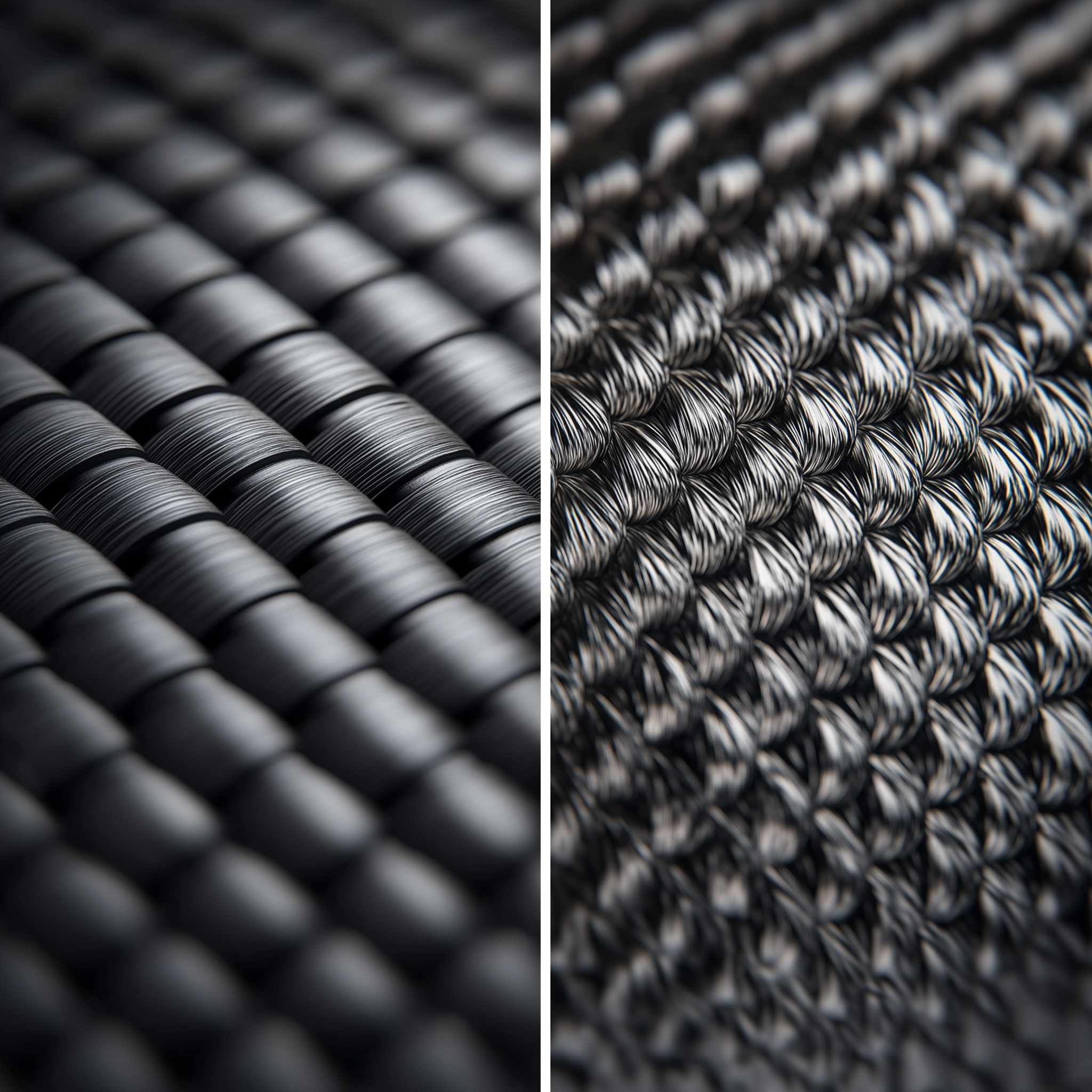
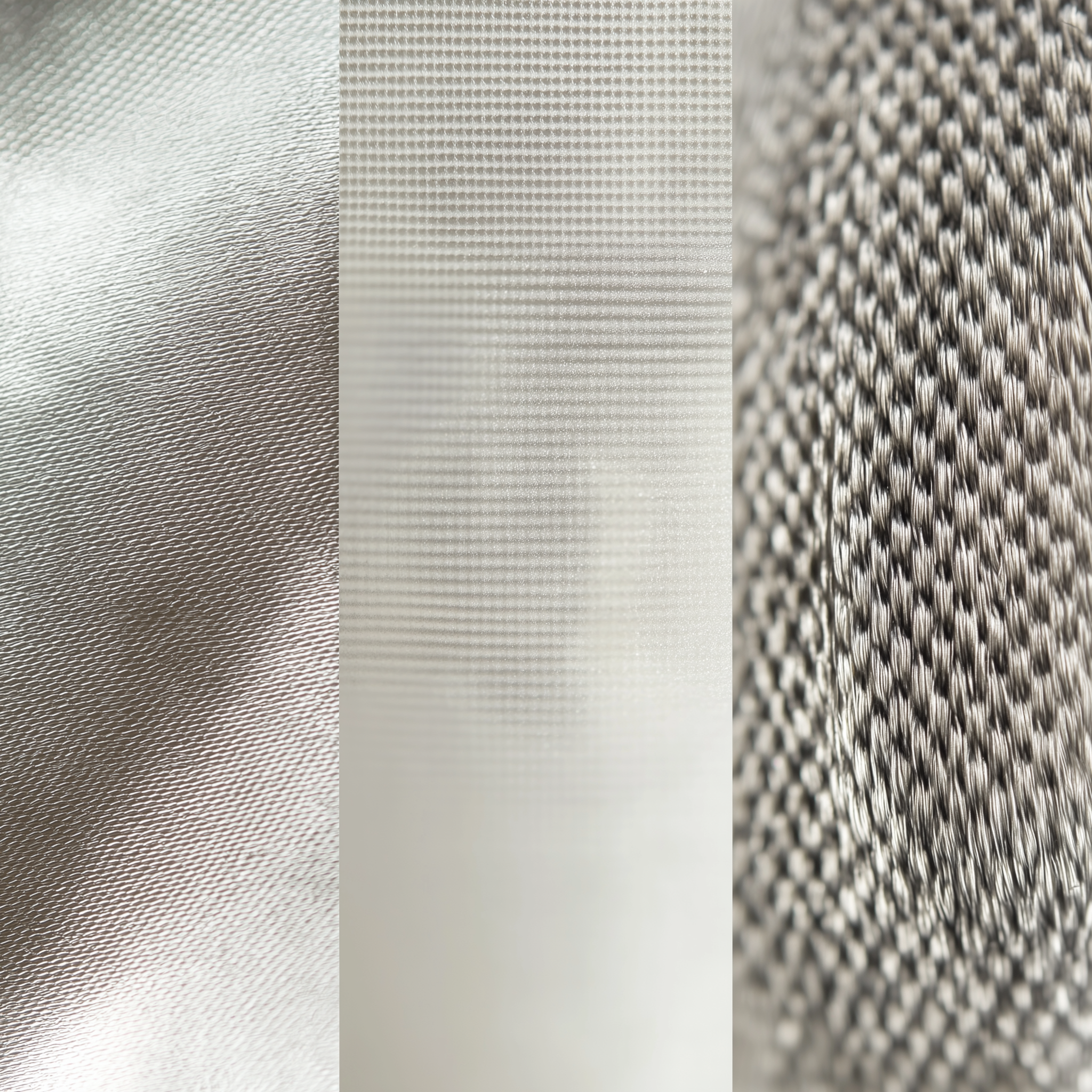

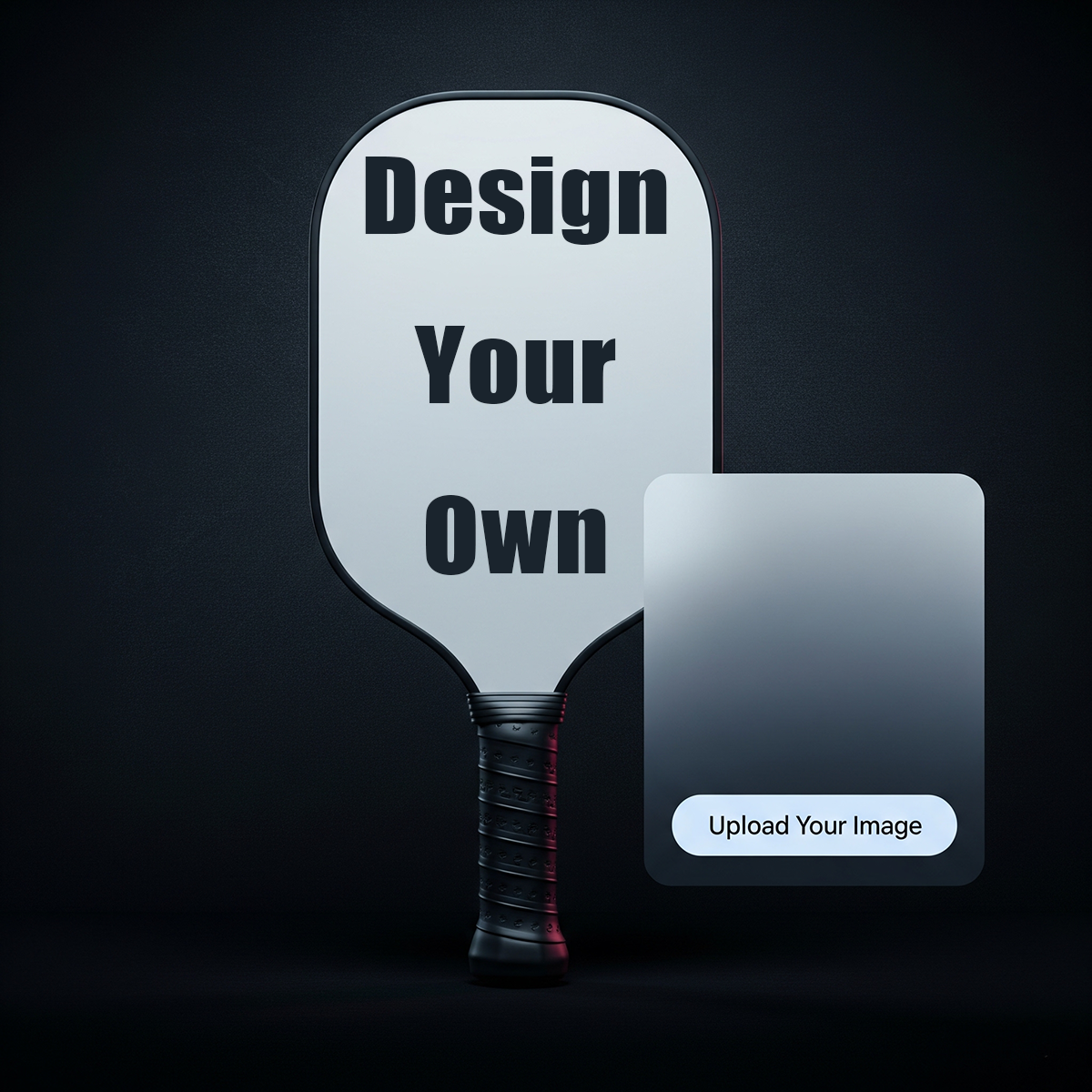
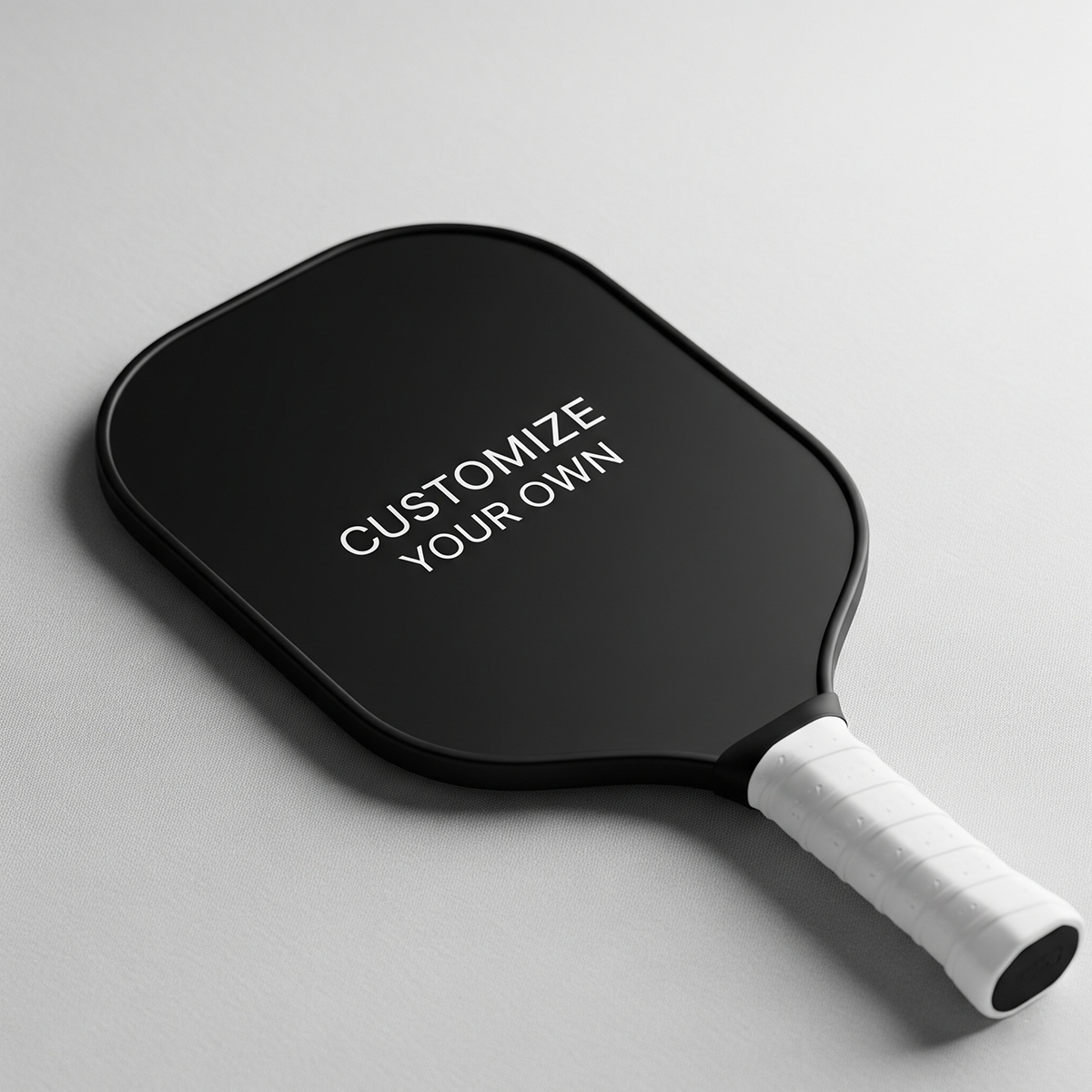
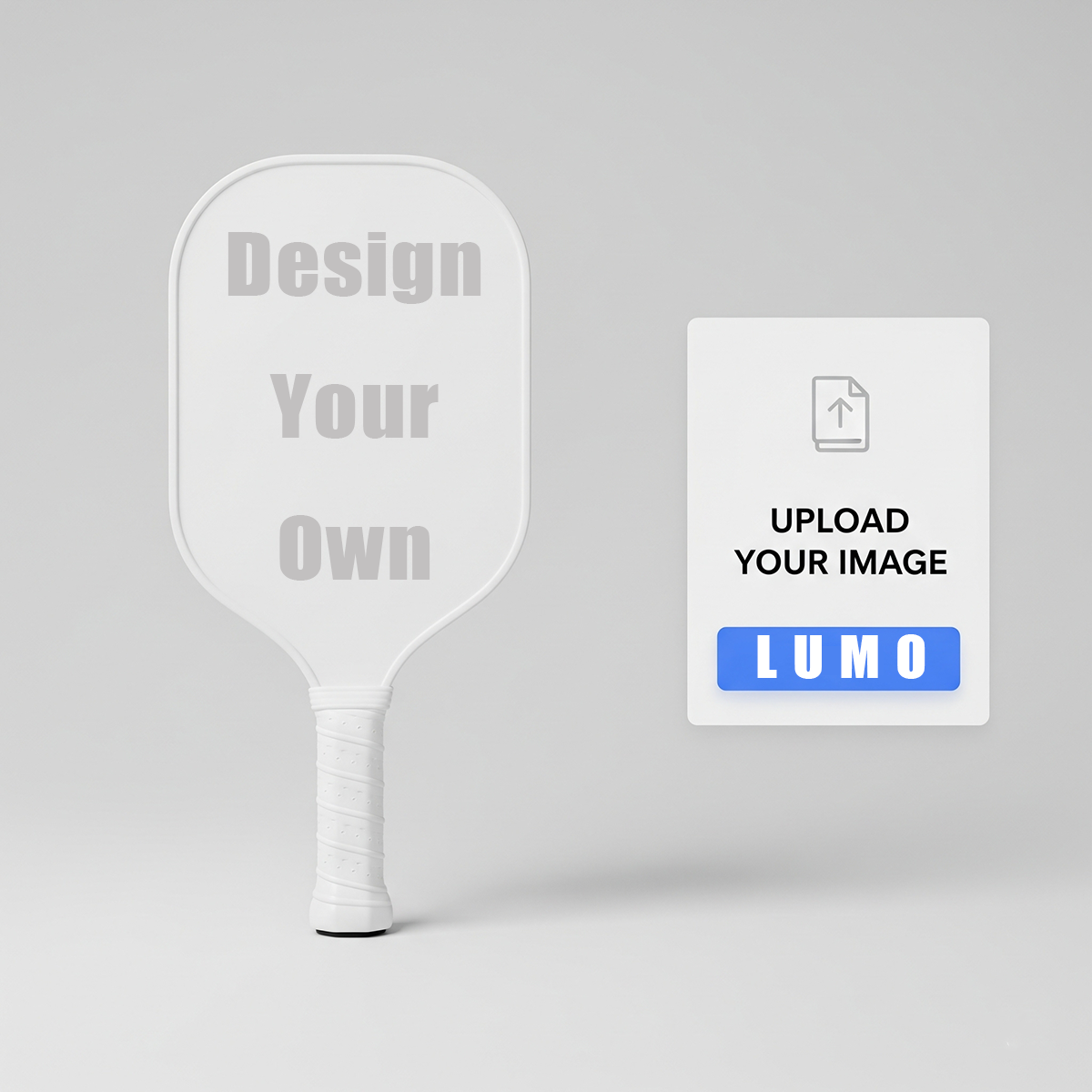
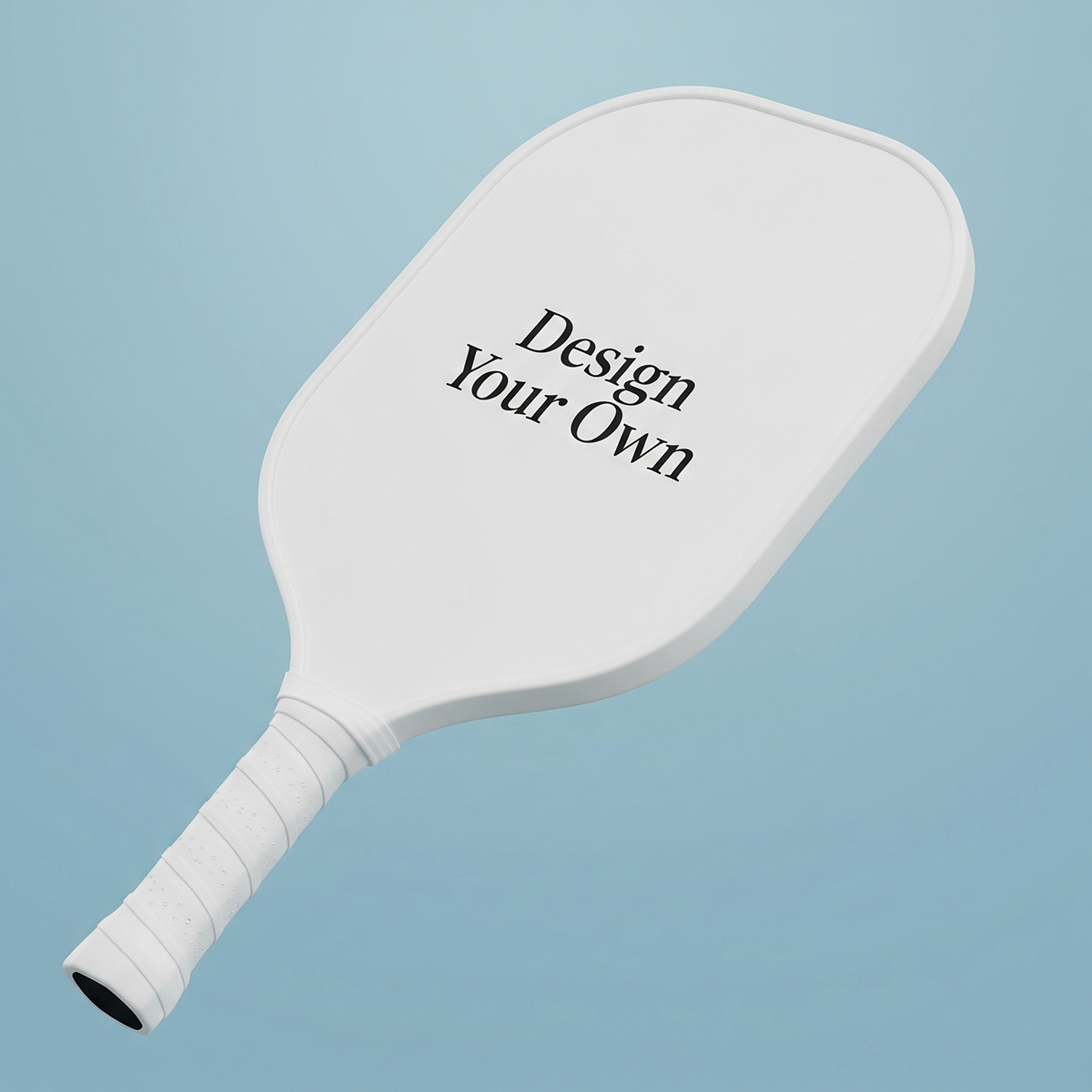

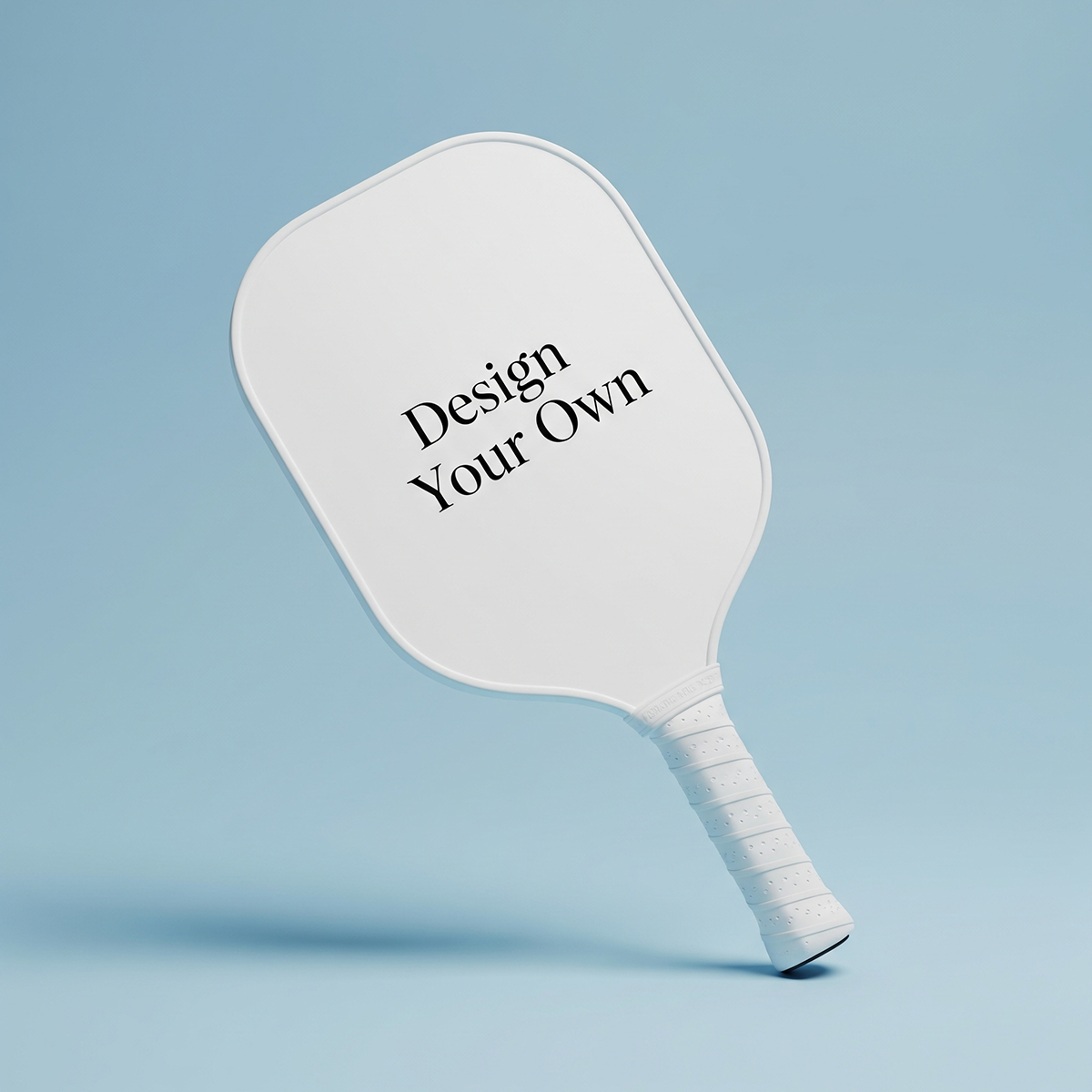
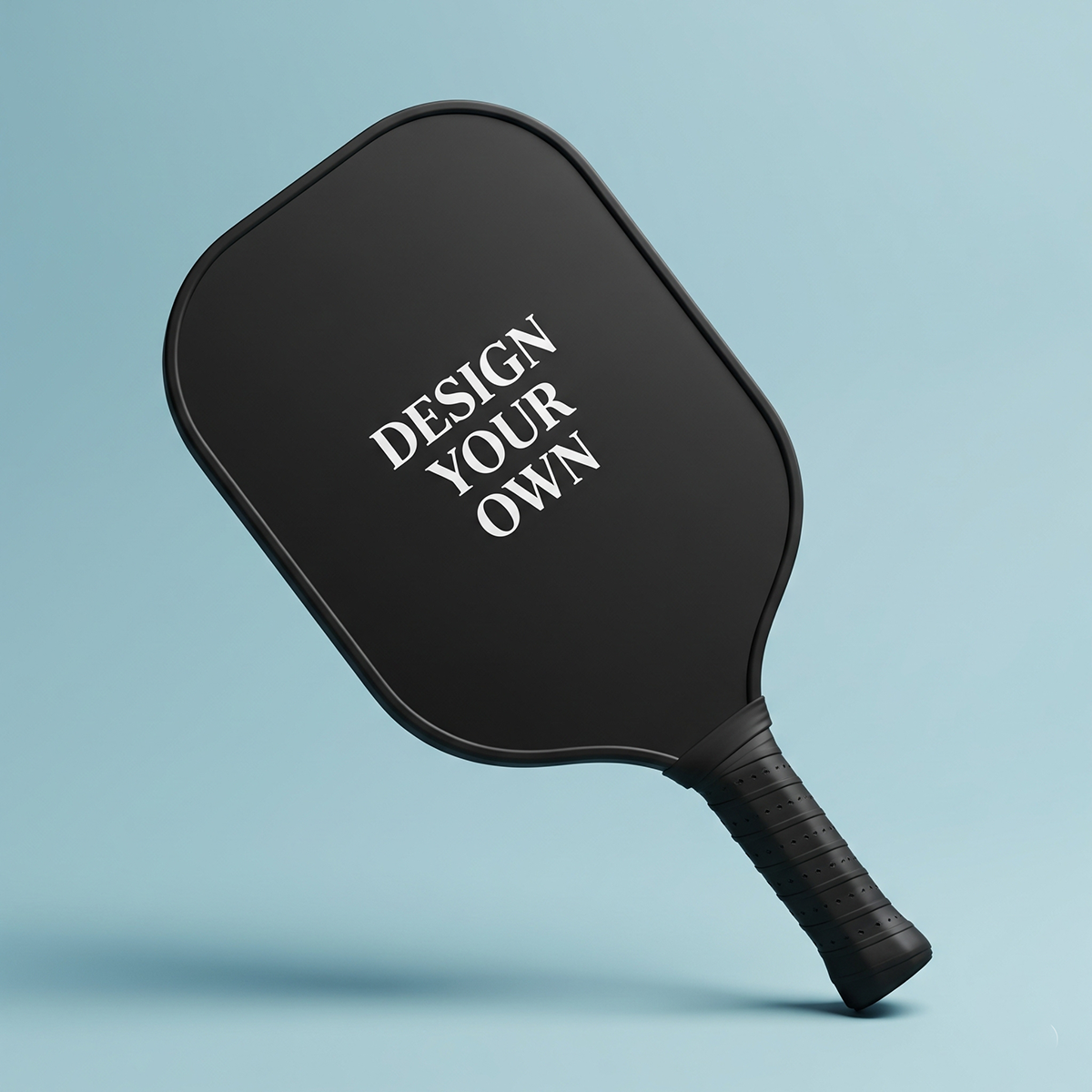
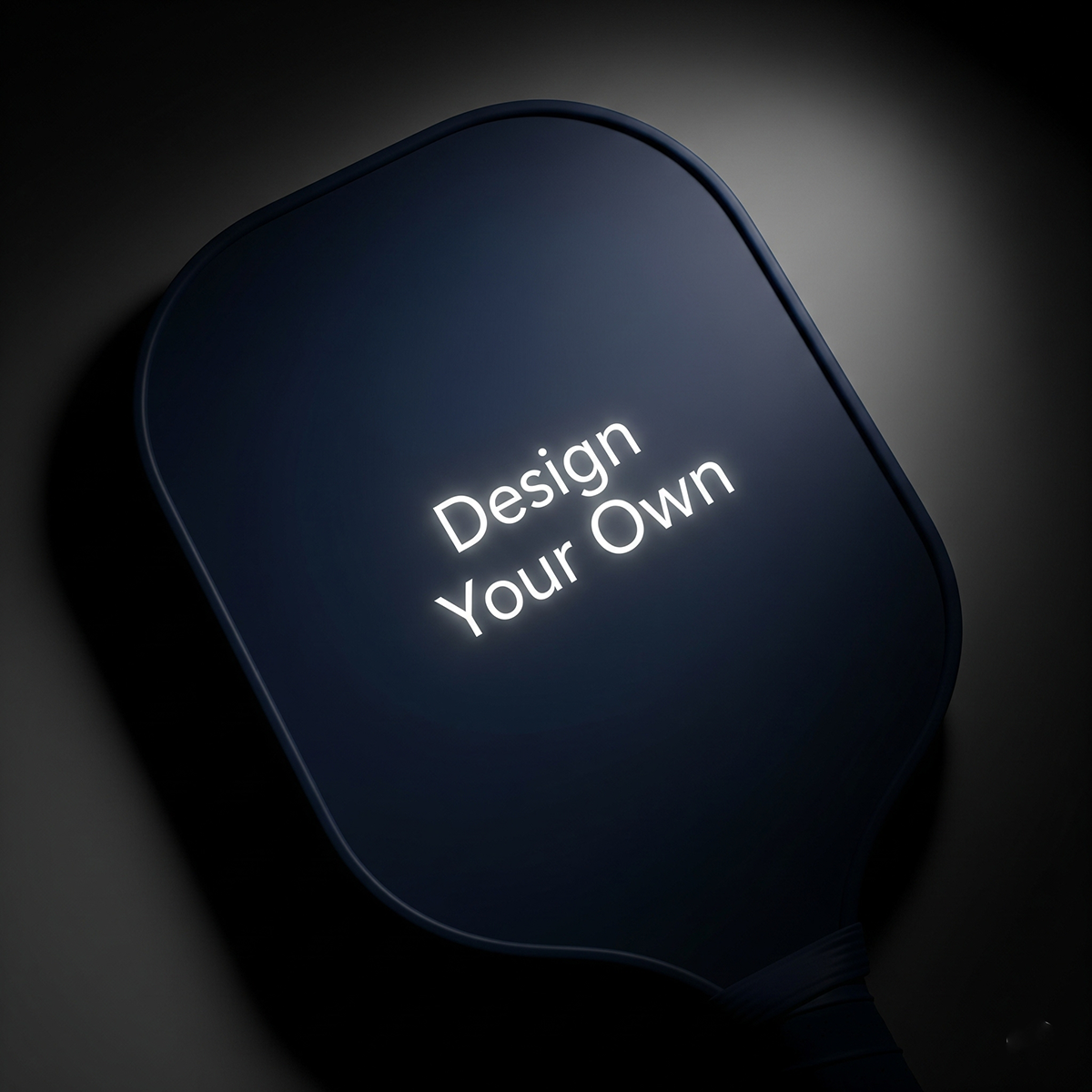
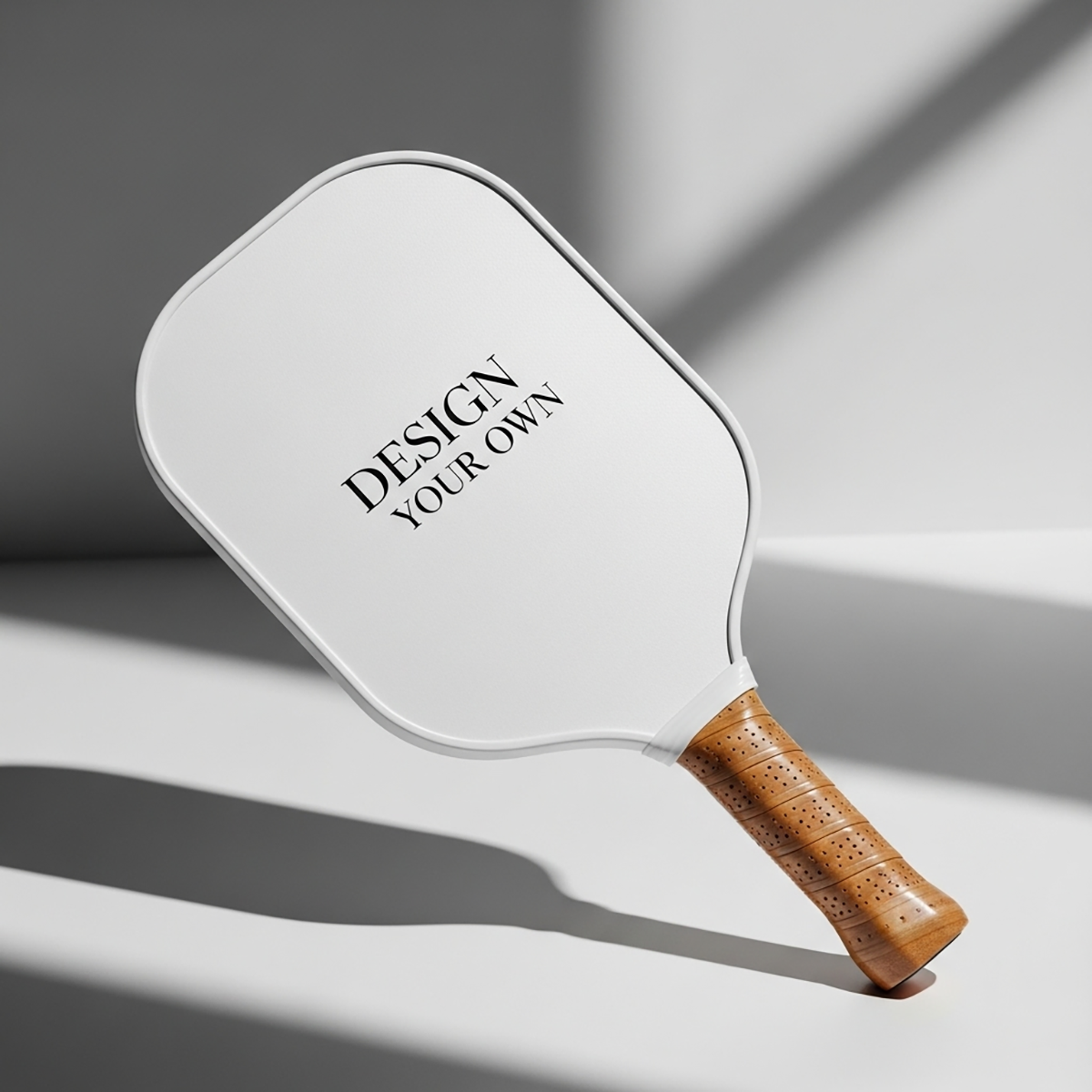
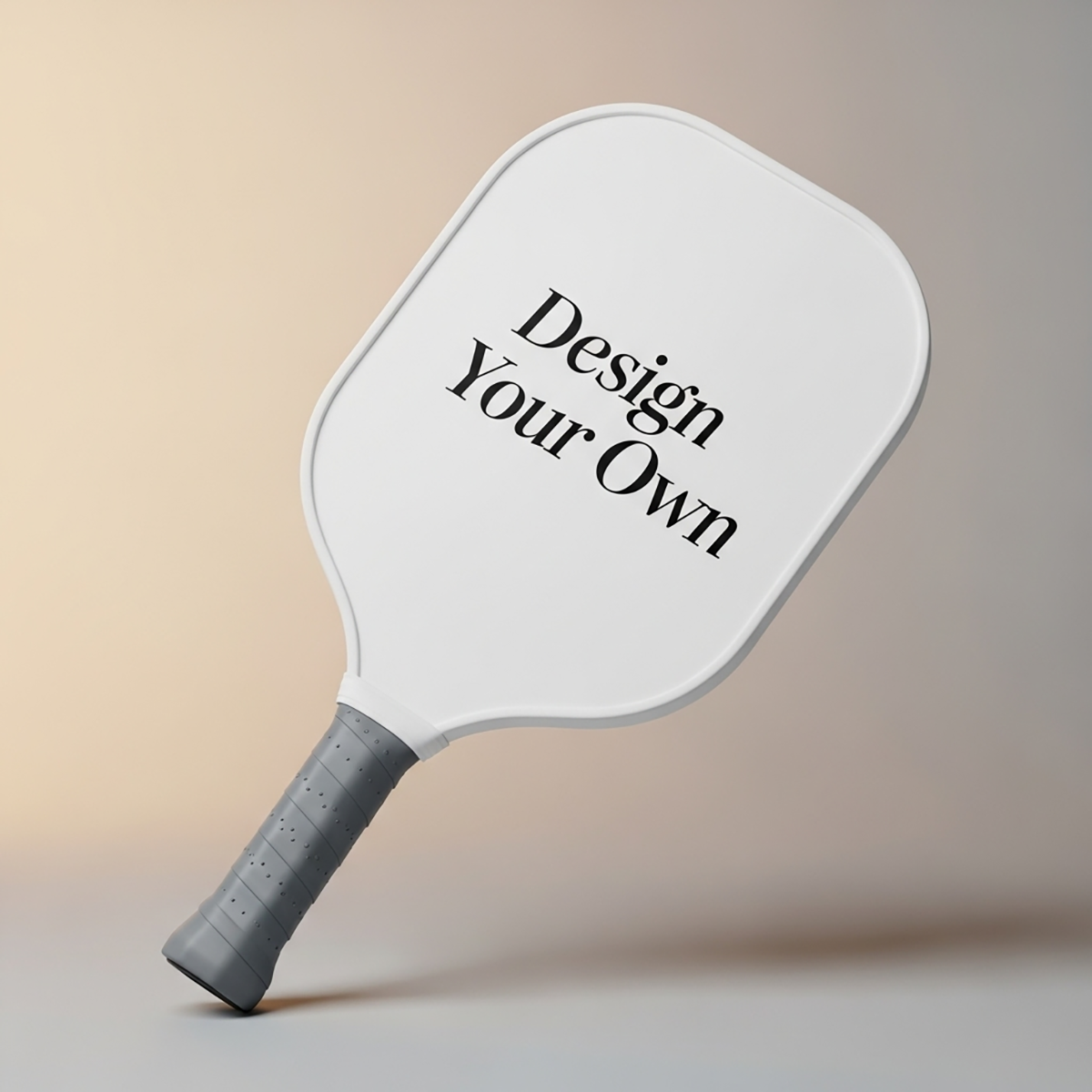
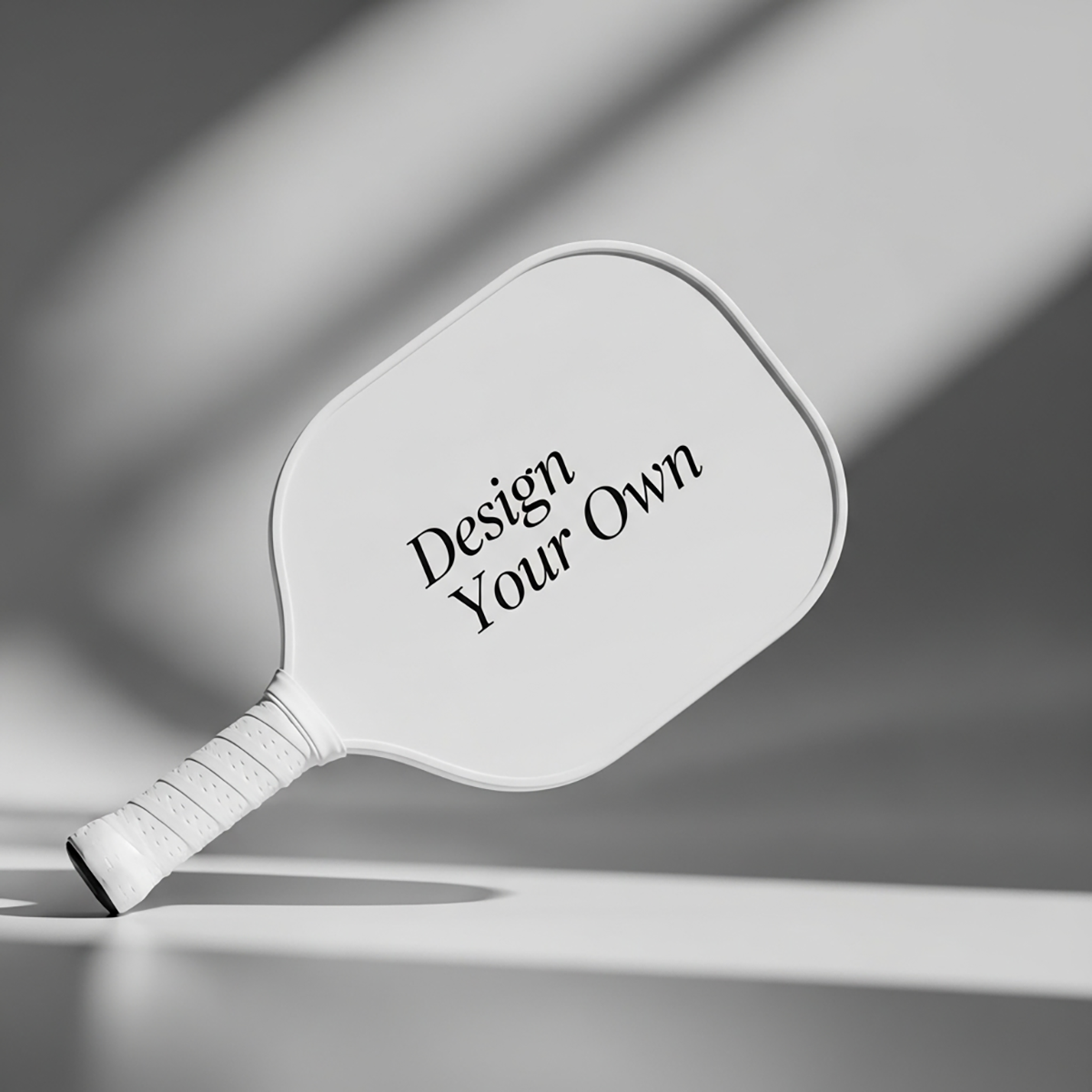
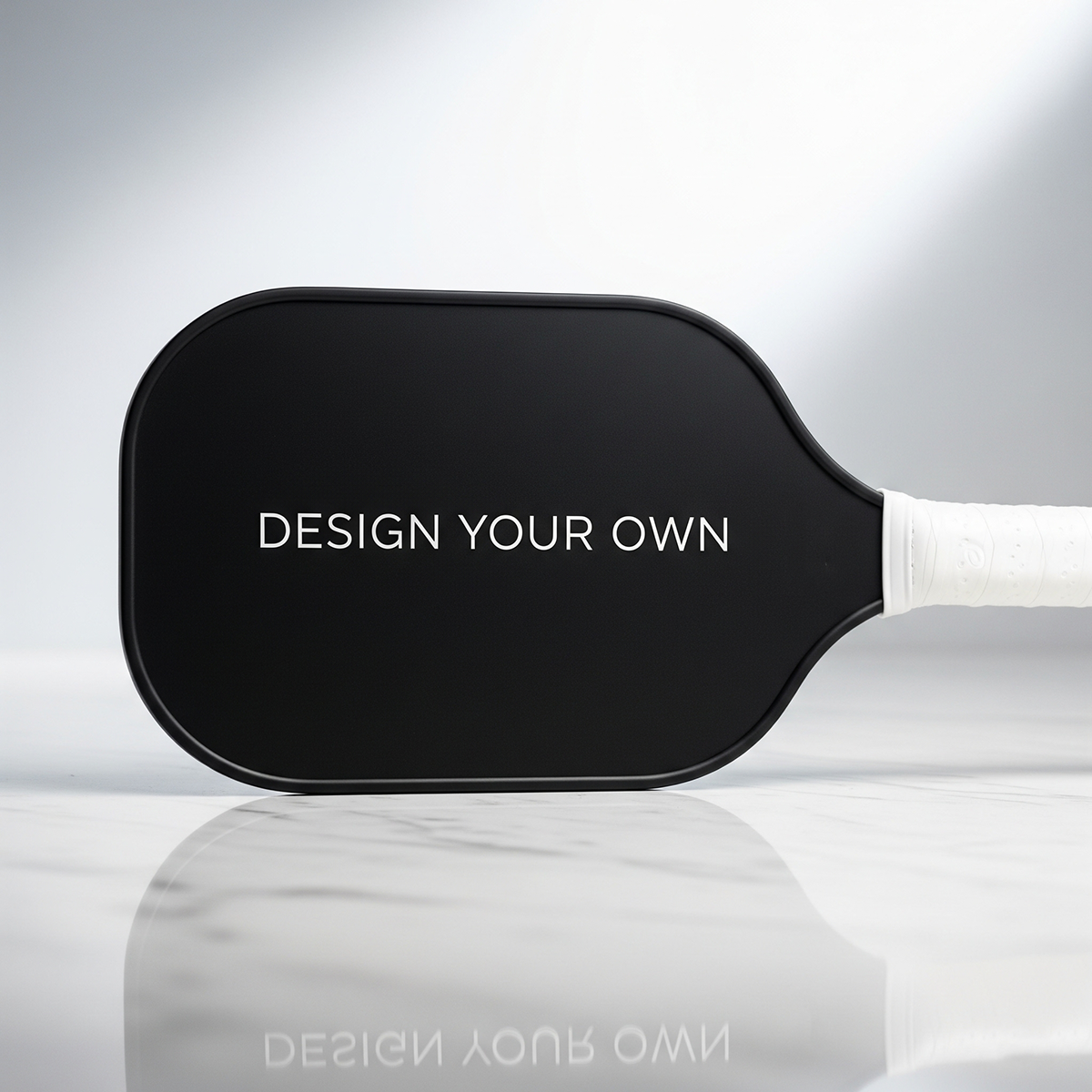
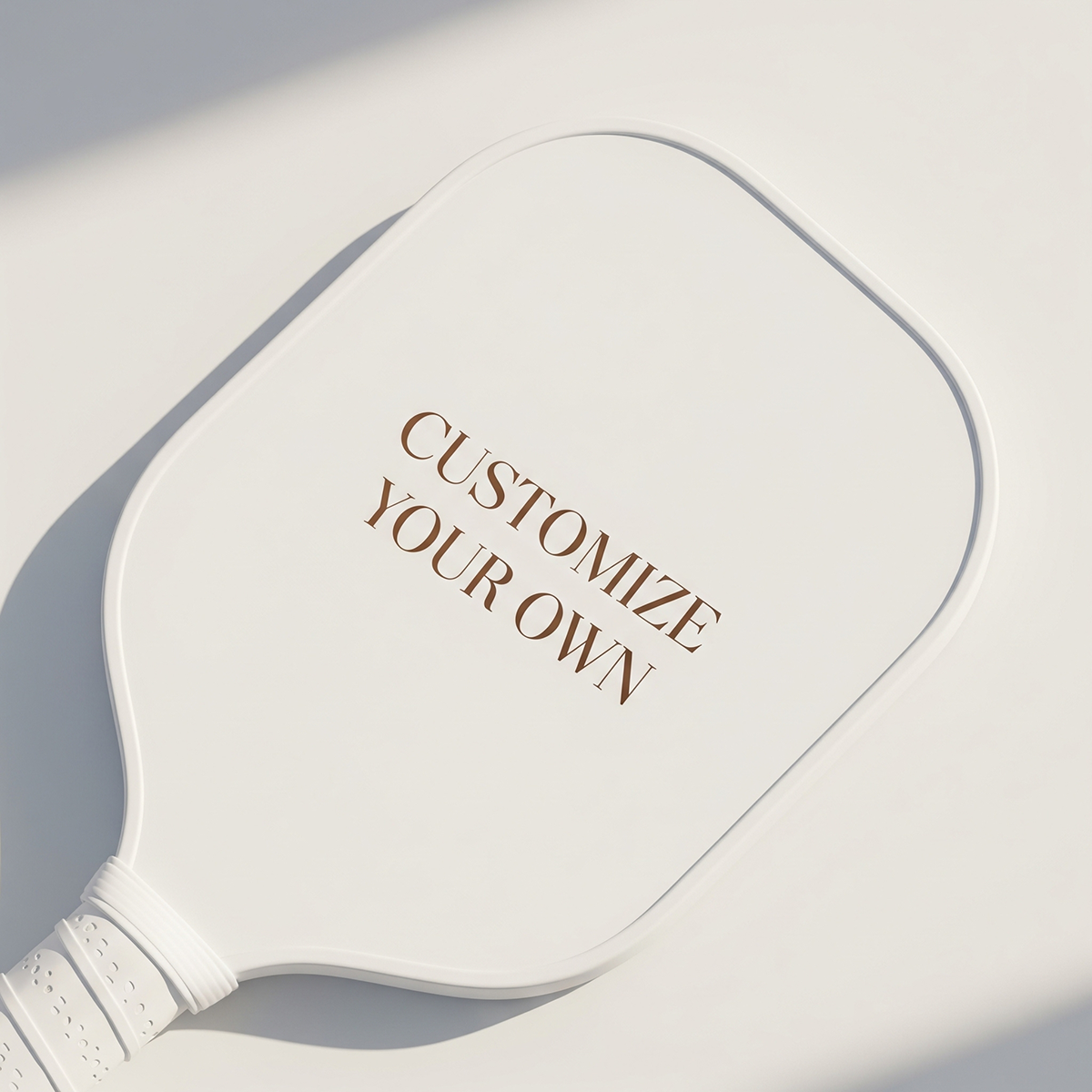
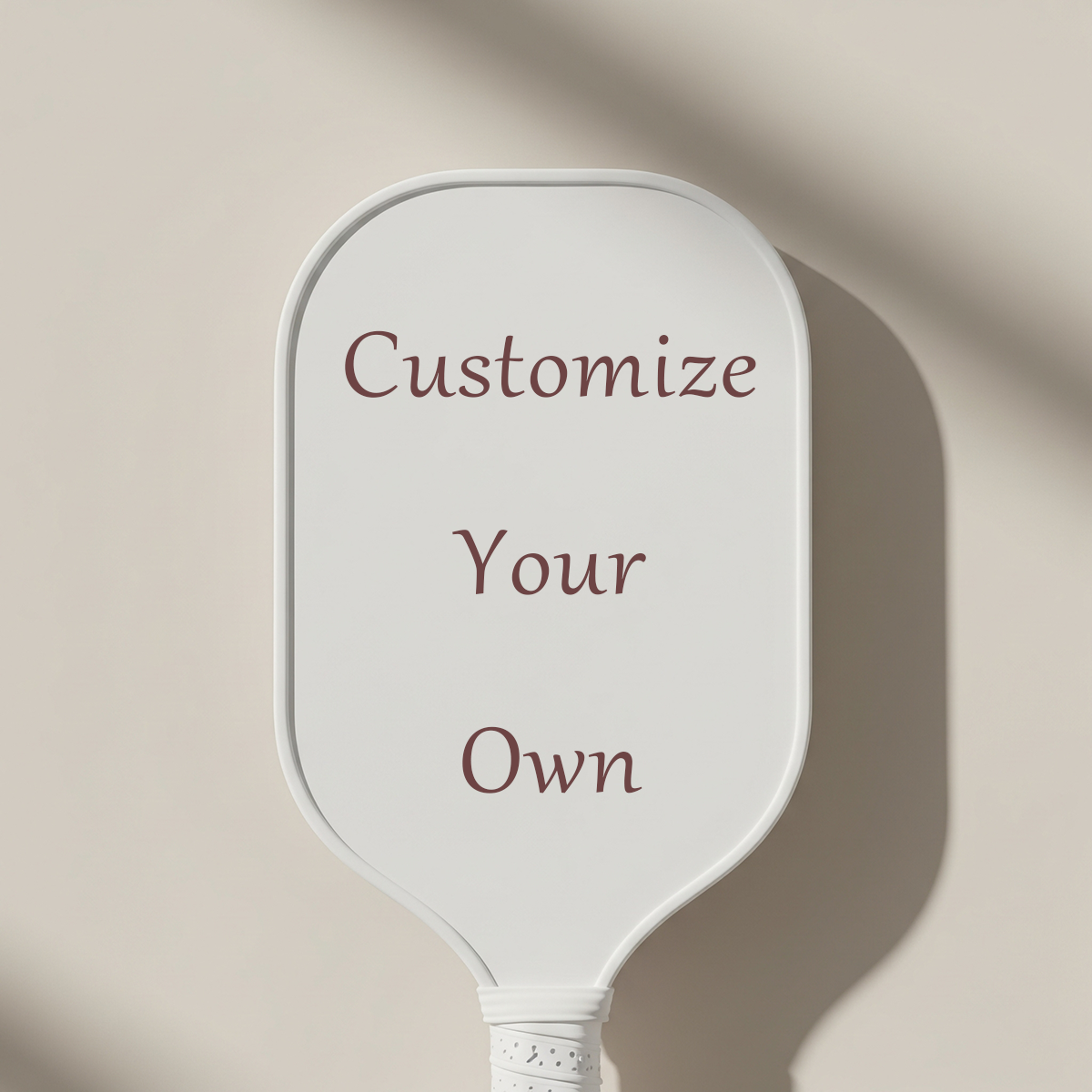
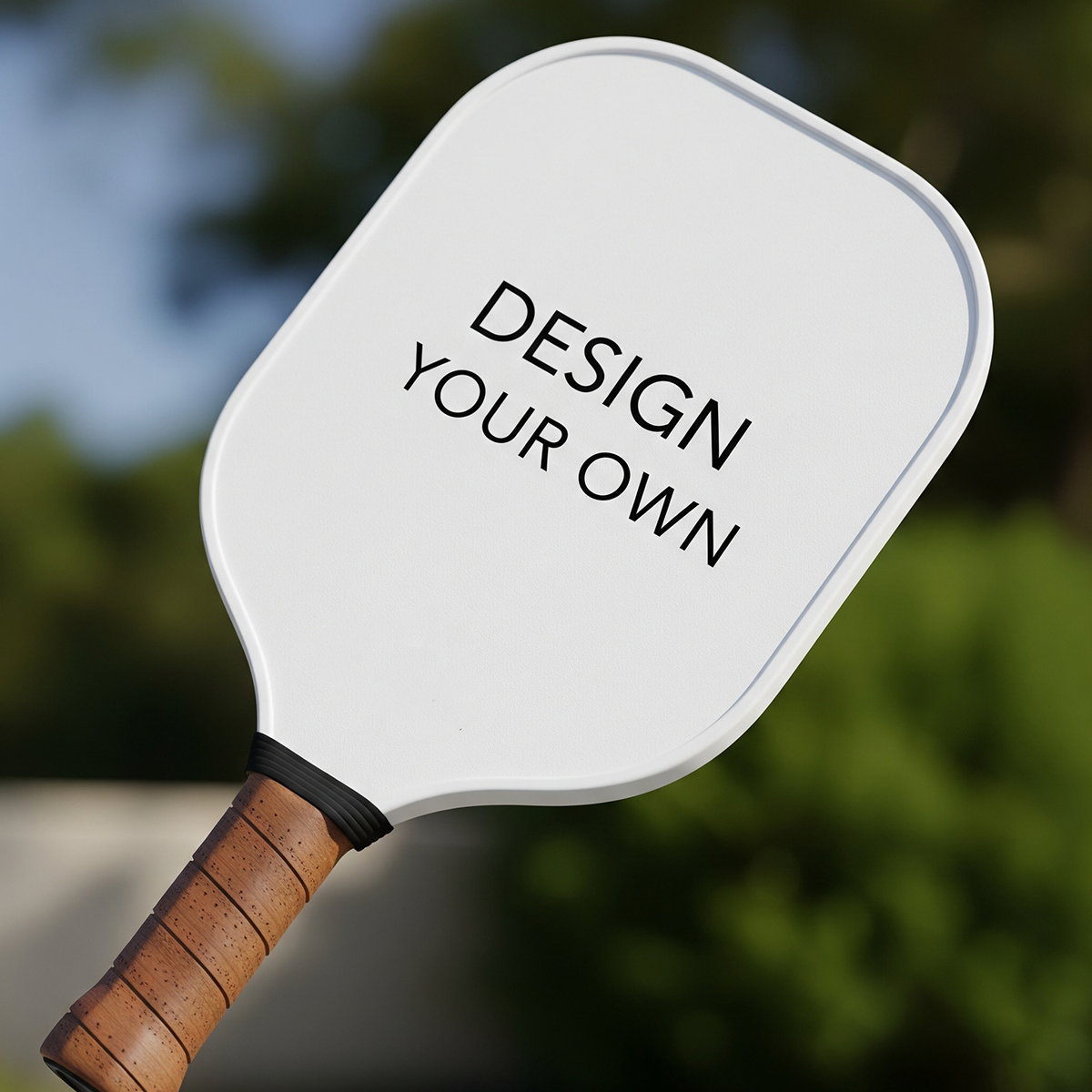

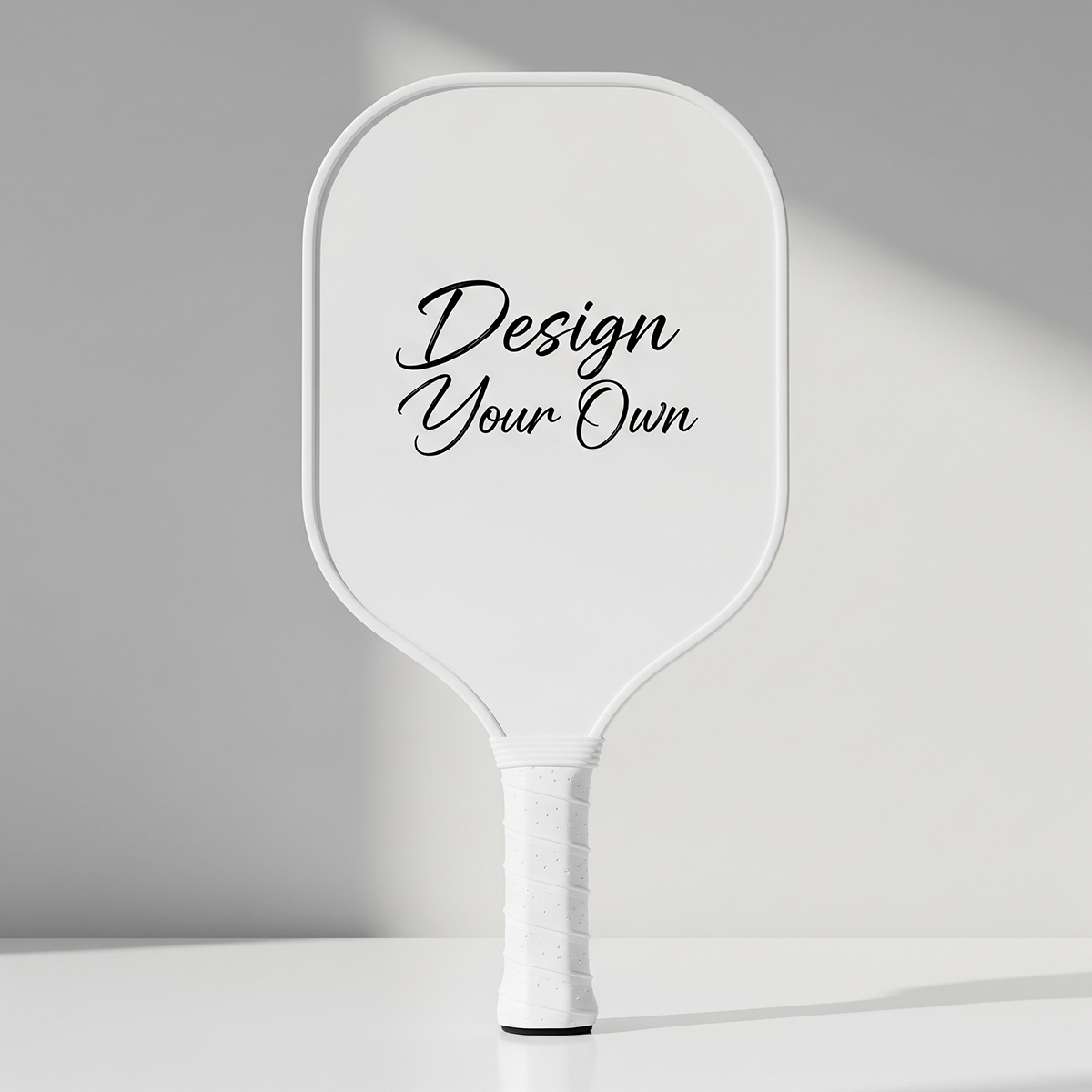
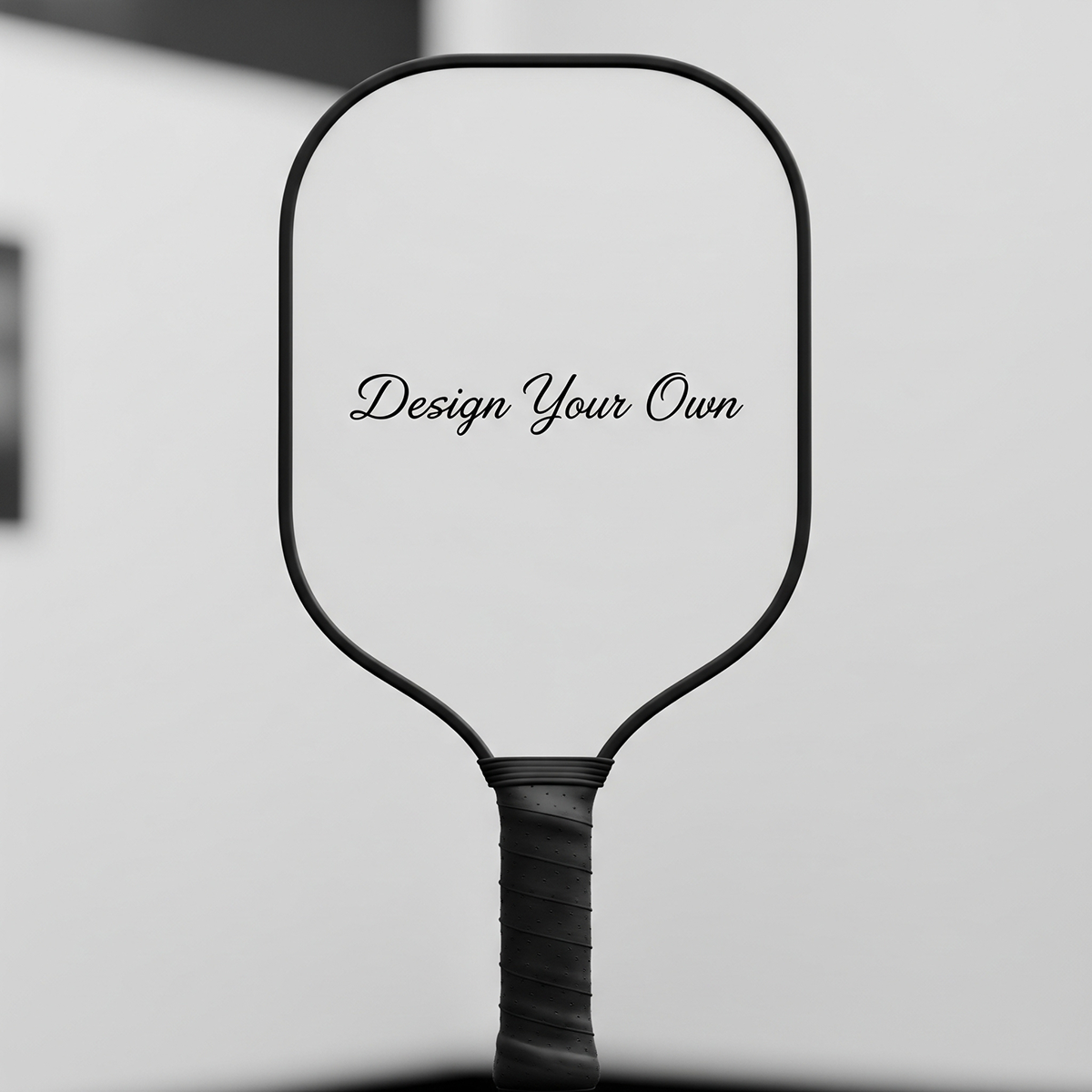
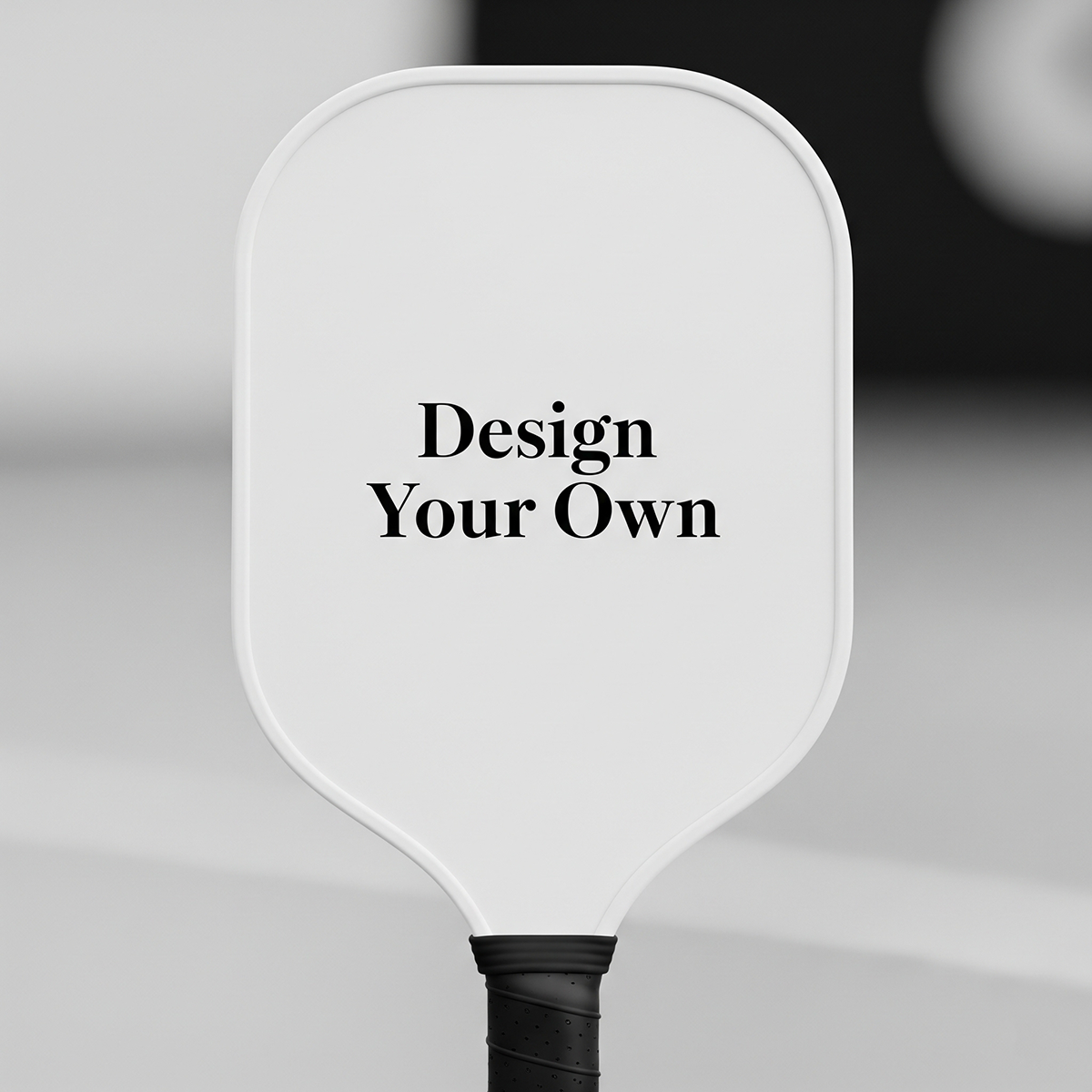
Leave a comment
This site is protected by hCaptcha and the hCaptcha Privacy Policy and Terms of Service apply.